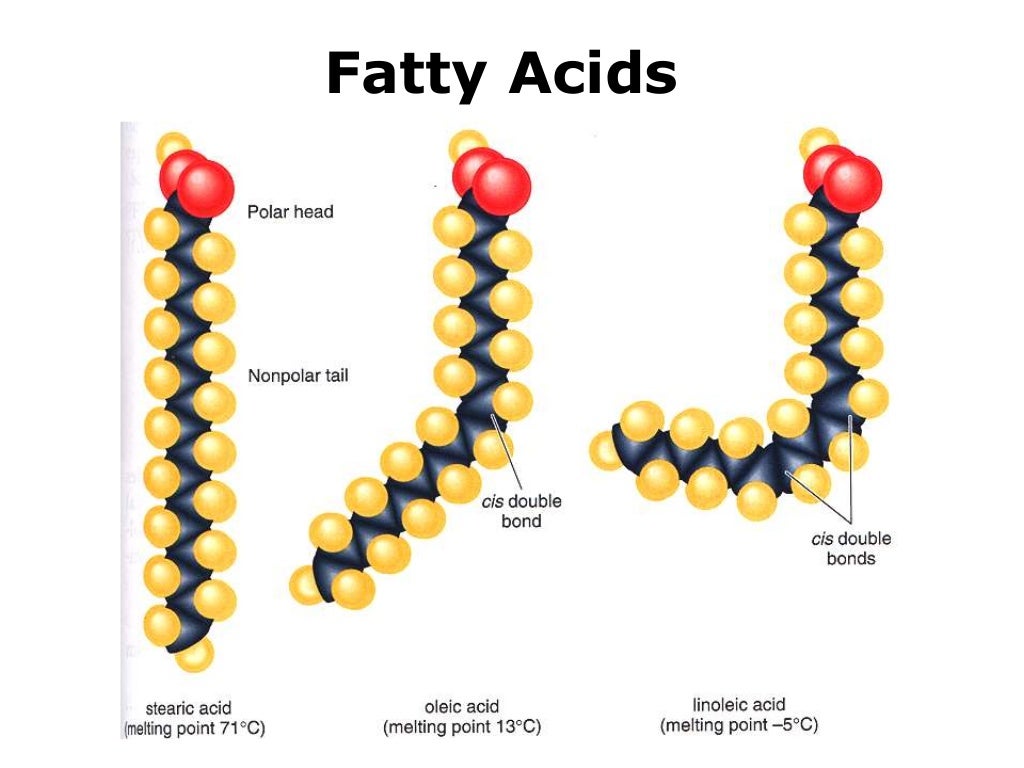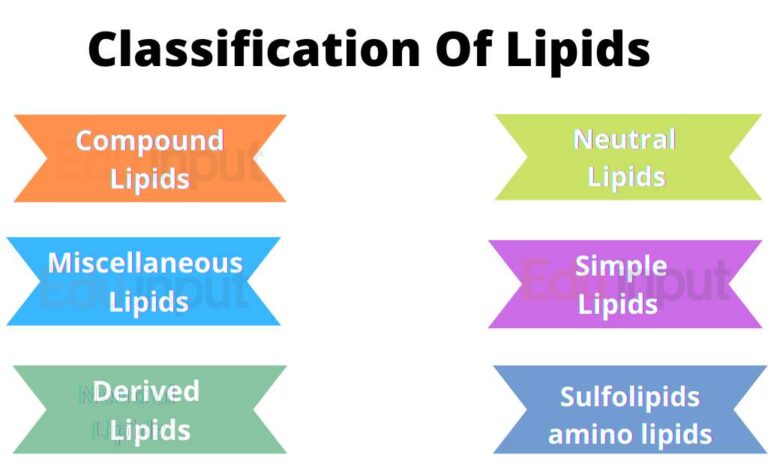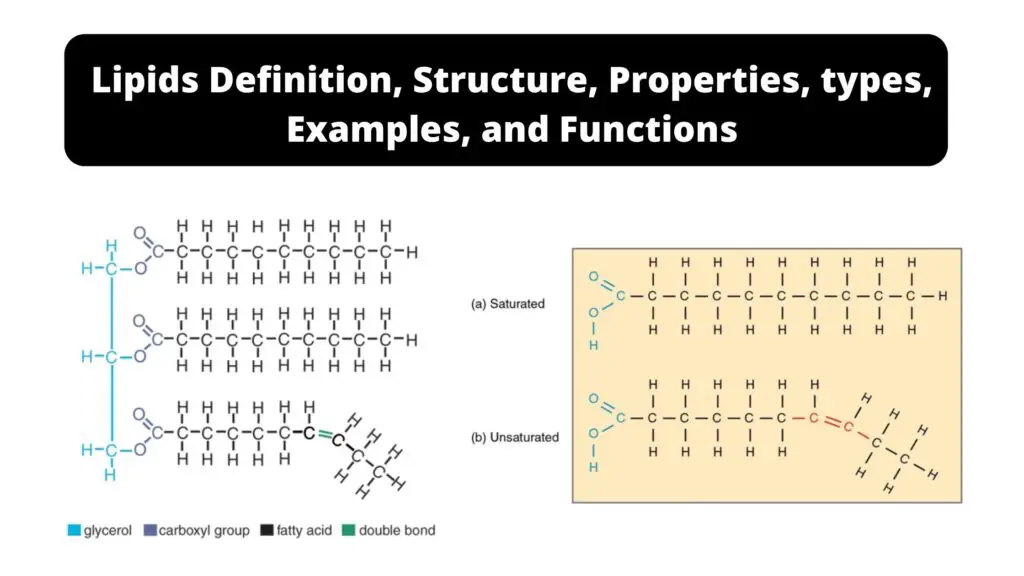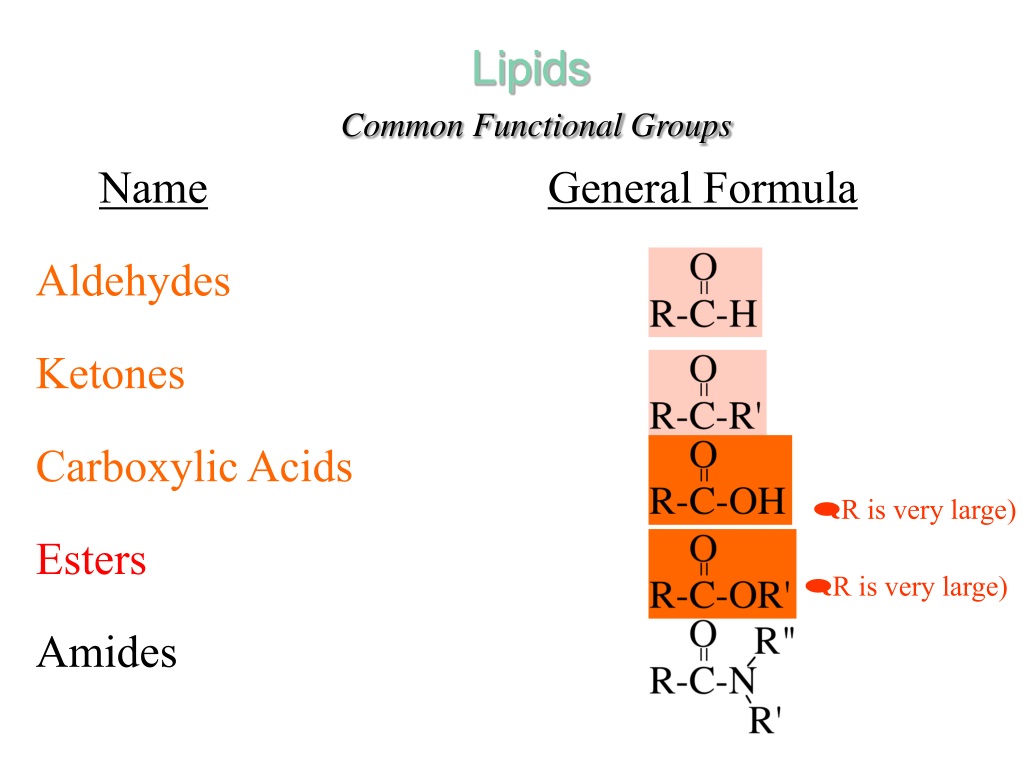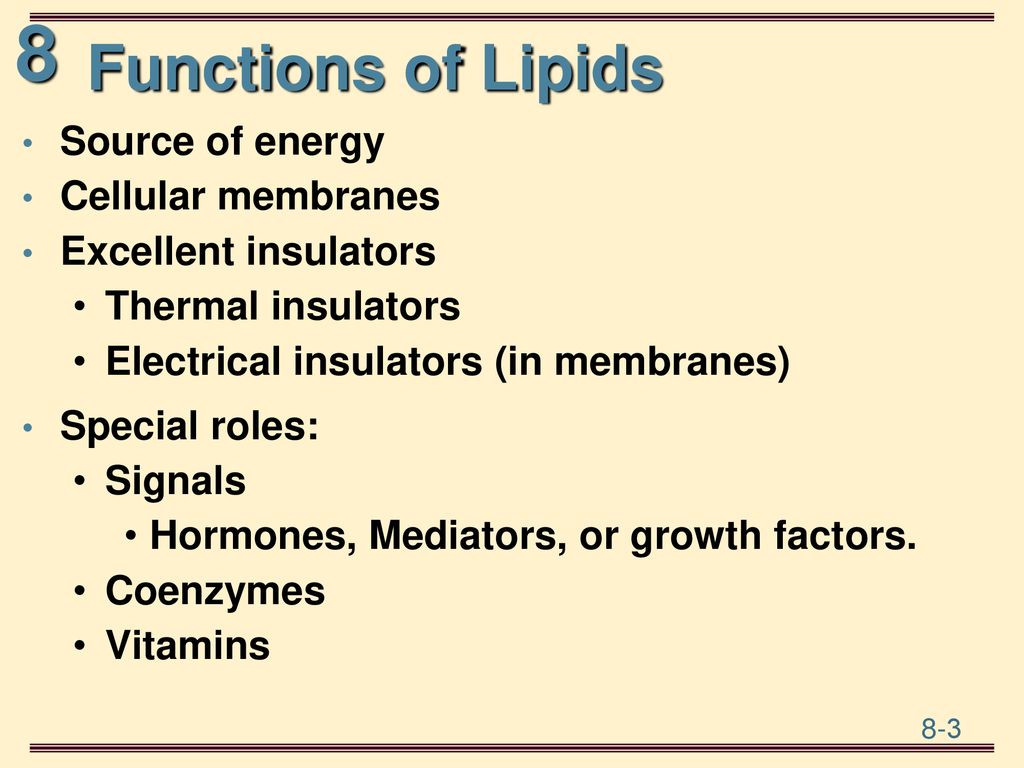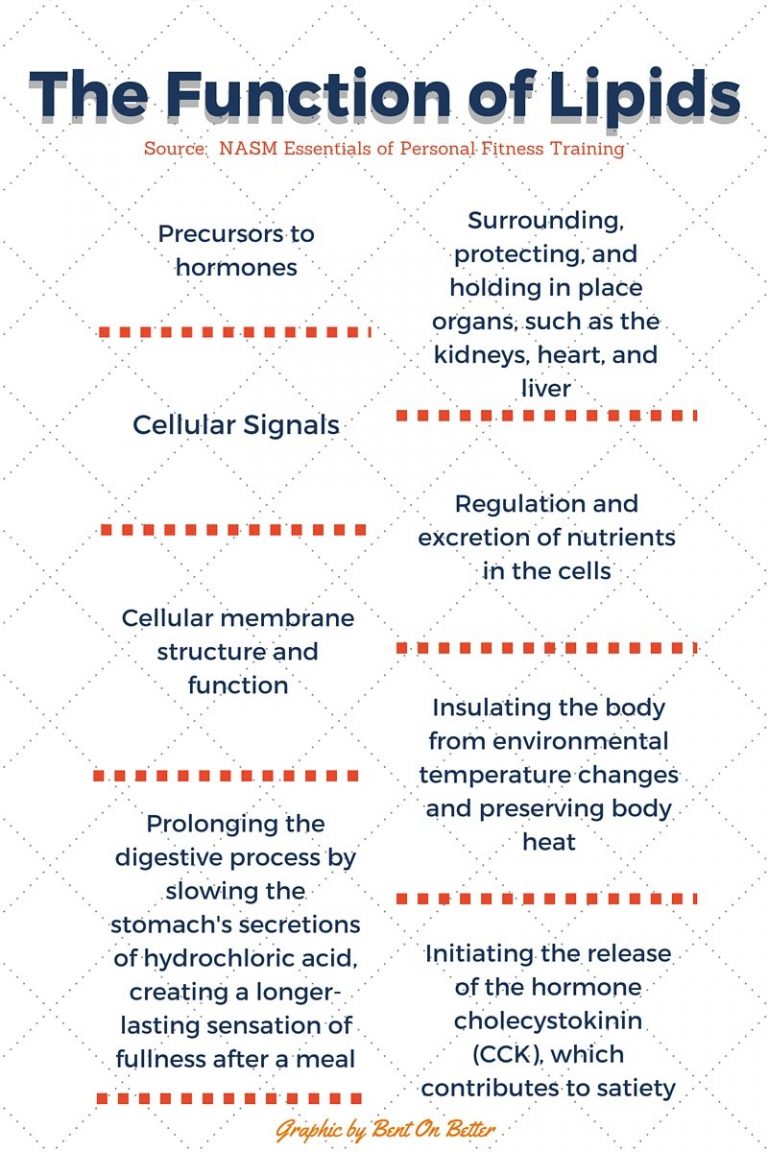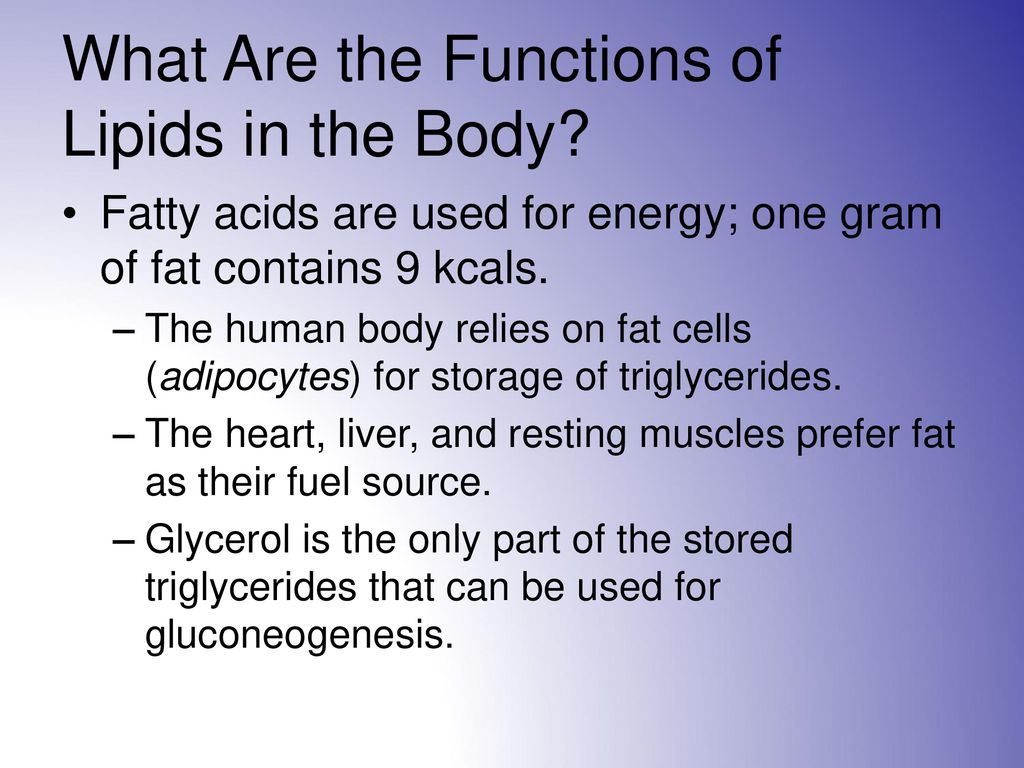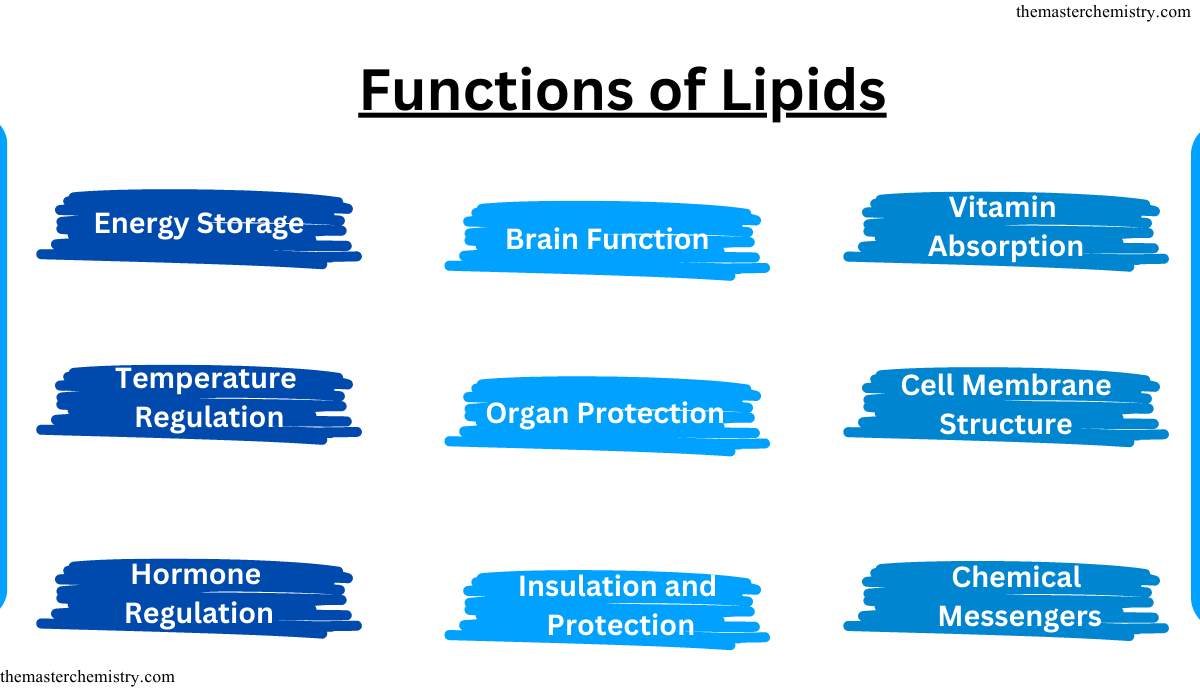What Is Not A Function Of A Lipid

Lipids, a diverse group of organic compounds, are essential for life. They perform a myriad of crucial functions within living organisms. However, despite their versatility, certain processes fall outside the realm of lipid functionality.
This article aims to clarify what is not a function of lipids, addressing a common point of confusion in biochemistry and related fields. Understanding these limitations is crucial for a comprehensive grasp of lipid biology and its role in overall cellular function.
Understanding Lipid Functions
Before exploring what lipids don't do, it's important to briefly recap their primary roles. Lipids are broadly involved in energy storage, structural components of cell membranes, and signaling molecules.
They are categorized into several classes, including triglycerides (fats and oils), phospholipids, steroids, and waxes. Each class exhibits specific properties and contributes to different aspects of cellular activity.
Key Roles of Lipids
Lipids serve as a concentrated form of energy storage. Triglycerides, in particular, are highly efficient at packing energy due to their high carbon-hydrogen content, yielding more ATP per gram compared to carbohydrates or proteins.
Phospholipids form the core structure of cell membranes. These molecules arrange themselves into a bilayer, creating a selectively permeable barrier that regulates the passage of substances in and out of the cell.
Steroids, such as cholesterol, are critical components of cell membranes, contributing to their fluidity and stability. Steroid hormones like estrogen and testosterone also play vital roles in cell signaling and gene regulation.
What Lipids Do Not Do
While lipids are incredibly versatile, they are not directly involved in every cellular process. It is crucial to understand the boundaries of their functionality.
One critical function that lipids do not directly perform is protein synthesis. This complex process, vital for creating the building blocks of cells, is orchestrated by ribosomes, mRNA, tRNA, and other proteins.
Lipids do not serve as the primary source of genetic information. This is the sole domain of nucleic acids, namely DNA and RNA.
Lipids and Protein Synthesis
The process of protein synthesis, or translation, relies heavily on the genetic code carried by messenger RNA (mRNA). mRNA is transcribed from DNA, the cell's master blueprint.
Ribosomes, complex molecular machines made of RNA and proteins, bind to mRNA and facilitate the assembly of amino acids into polypeptide chains. Transfer RNA (tRNA) molecules deliver specific amino acids to the ribosome based on the mRNA sequence.
While lipids can be associated with ribosomes and the endoplasmic reticulum (where some protein synthesis occurs), their role is primarily structural or supportive, not directly involved in the chemical reactions of peptide bond formation.
Lipids and Genetic Information
Lipids do not encode or store genetic information. The information necessary for building and maintaining an organism is encoded within the sequence of nucleotides in DNA.
This genetic information is passed down from one generation to the next, dictating the traits and characteristics of the organism. Lipids, on the other hand, are synthesized through enzymatic pathways and are not directly involved in the transmission of hereditary information.
However, lipids can influence gene expression through various mechanisms. For example, certain lipids can act as signaling molecules that activate or repress specific genes. However, they don't carry the code itself.
Significance and Implications
Understanding the limitations of lipid function is essential for researchers in various fields, including biochemistry, cell biology, and medicine. Misconceptions about lipid roles can lead to flawed experimental designs and misinterpretations of data.
For example, researchers studying protein synthesis should focus on the roles of ribosomes, mRNA, and tRNA, rather than expecting lipids to directly participate in the process. Similarly, in genetic studies, the focus should be on DNA and RNA, not on lipids as carriers of genetic information.
Accurate knowledge of lipid functions is crucial for developing effective therapies for diseases related to lipid metabolism, such as obesity, cardiovascular disease, and certain cancers. Correctly identifying the molecular players involved in these diseases allows for targeted drug development and improved patient outcomes.
Conclusion
Lipids play vital roles in energy storage, cell structure, and signaling. However, it's important to remember that they do not directly participate in protein synthesis or the storage and transmission of genetic information.
Clarifying these limitations is crucial for a comprehensive understanding of lipid biology and its implications for human health.
By avoiding common misconceptions, researchers and students alike can develop a more accurate and nuanced perspective on the complex world of lipids.

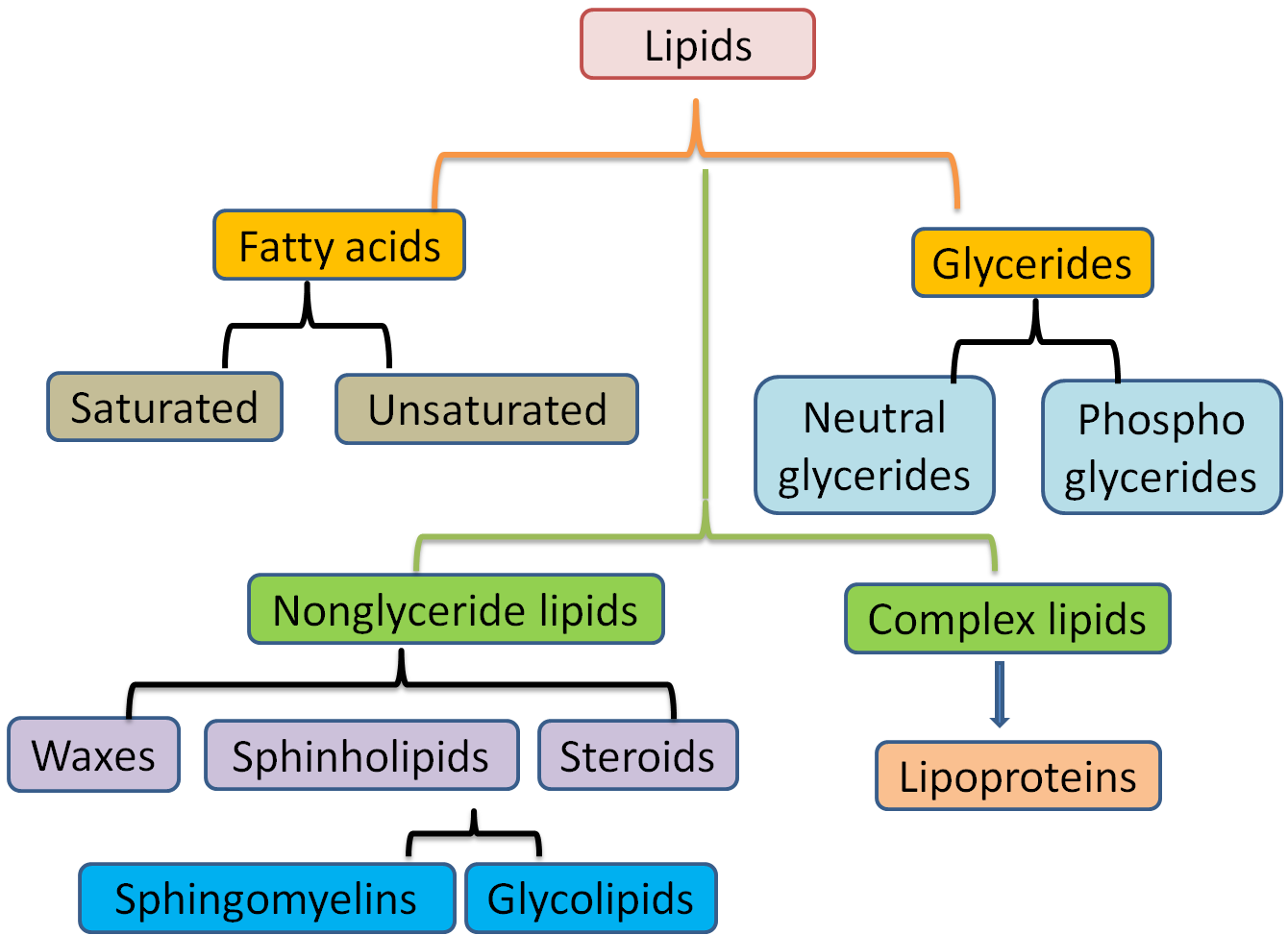
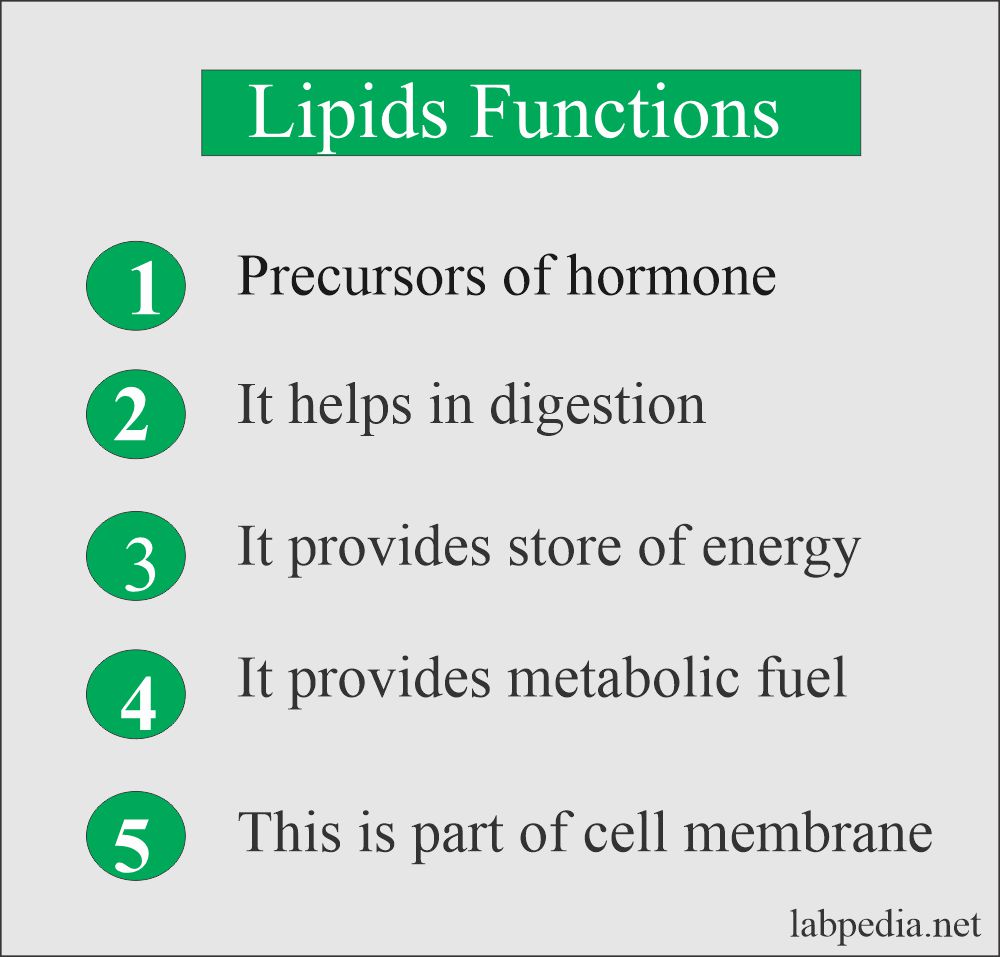
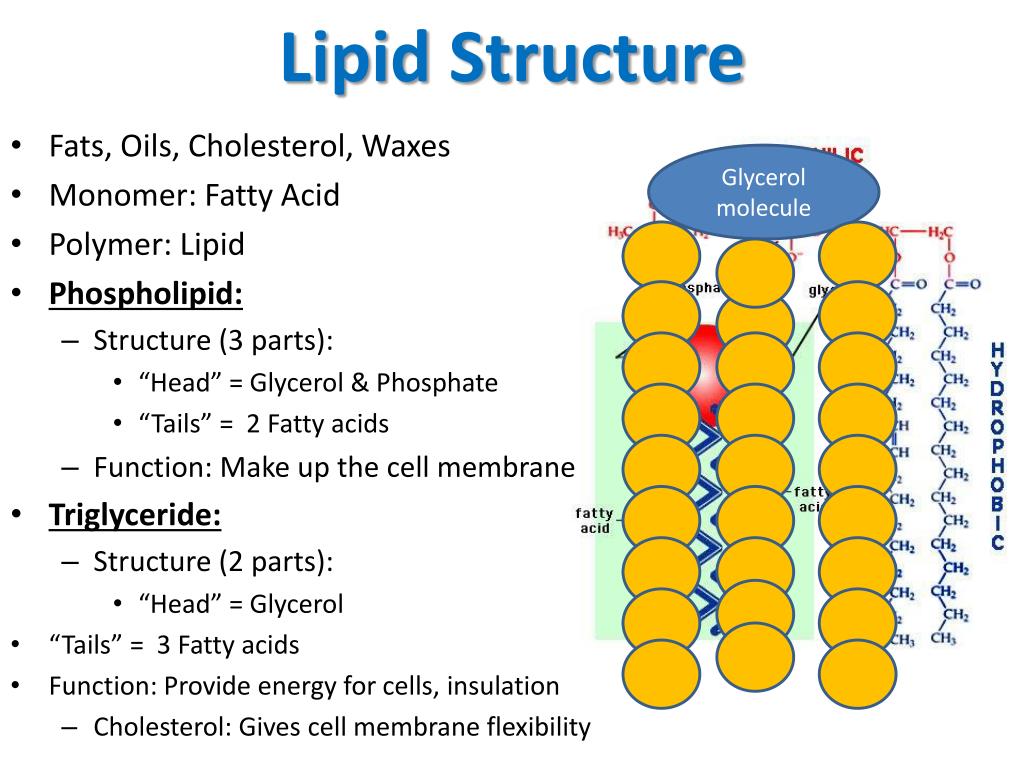
.jpg)
